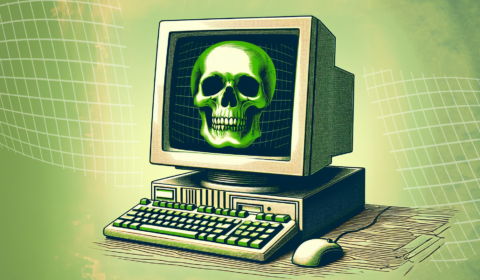Mattel announced its latest Barbie last week, a doll with Down’s Syndrome. But customers are undecided on whether this new stab at inclusivity has been successful.
Toy company Mattel has been churning out Barbie’s of all shapes and sizes recently. From a Barbie with hearing aids, to the first transgender doll, 2022 was a year of inclusivity for Barbie fans the world over.
Adding to the roster, Mattel announced a new Barbie with Down’s Syndrome last week. The launch was plugged by model Ellie Goldstein – who has Down’s Syndrome herself. Goldstein was photographed alongside the doll for press images, smiling ear-to-ear.
The new Barbie has been designed with the US National Down Syndrome Society (NDSS) to ensure her features are true to those of a person with Down’s Syndrome.
These include a shorter frame and longer torso, a rounder face with smaller ears, and flat nasal bridge with almond shaped eyes.
Even the doll’s wardrobe is a nod to the Down’s Syndrome community. Her dress is yellow and blue – colours of Down’s Syndrome awareness – and she wears a pink pendant necklace shaped like the three copies of the 21st chromosome, the genetic material that causes Down’s Syndrome characteristics.
Lisa McKnight, global head of Barbie & Dolls at Mattel, said she hoped the new launch would help ‘teach understanding and build a greater sense of empathy, leading to a more accepting world’.
These inclusive strides come after years of controversy around the original Barbie’s slim frame.
With tiny feet, long slender legs, and a miniscule waist, a study by the University of South Australia suggested that the chance of a real woman sharing Barbie’s physique was one in 100,000.
Since then, Barbie has launched a range of dolls in various body weights. And in 2022, the brand launched the Barbie Fashionistas line. This features a doll in a wheelchair, another with a prosthetic limb, and even male dolls who are thinner and less muscular.
Other doll’s inspired by real women have also broadened Barbie’s inclusivity. In 2017, a doll modelled on Ibtihaj Muhammad sported a hijab.
These new incarnations of the famous doll have certainly brought joy to millions of customers, especially those who couldn’t see themselves in the Barbie’s they played with.
Ellie Goldstein said she was ‘happy’ and ‘overwhelmed’ to see a doll with Down’s Syndrome. ‘People like me need to see more people like me out there in the world and not be hidden away’ she added.
But offering diverse dolls doesn’t necessarily mean Mattel’s attempts at inclusivity are always successful.
Abigail Anthony of the National Review is one of many questioning the latest Barbie’s realism. ‘I like the idea, but the execution is lamentable’, she said of the ‘decidedly inaccurate’ Down’s Syndrome features on Mattel’s new doll.
‘The doll hardly embodies the condition’s facial characteristics. Instead, she looks like an unexceptional girl-next-door; the stereotypical Barbie is so unrealistically proportioned that the doll supposedly with Down Syndrome looks completely average’.
The ‘average’ nature of the new Barbie highlights a persistent flaw in Mattel’s ‘inclusive’ ethos. Making dolls that look like ‘real people’ is all well and good. But Barbie is – and has been since her inception – the blueprint for stereotypical beauty standards.
Whether she has a wheelchair, hearing aids, or Down’s Syndrome, each Barbie shares the same petite facial features, long luscious hair, and smooth skin as the next one.
If one is being particularly optimistic, this may suggest that ‘everyone is beautiful’ no matter their ability or size.




















